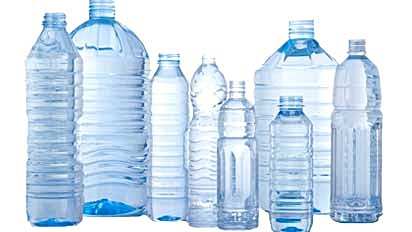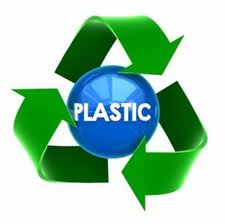PET (Poly Ethylene Terephthalate) Bottle

PET (Poly Ethylene Terephthalate)
Plastic used for making various beverage bottles Commonly known as PET bottles, are polymers that are formed by the reaction of the preparation of the ester (Esterification), Terepthalic acid and ethylene glycol ( Ethylene Glycol) is a precursor. In the reaction of exchange of esters (Transesterific Action) use Dimethyl Terepthalate and ethylene glycol at 275-285 oC to get the product as Di-Ester when the process. Synthetic polymers Will get a polymer with a small molecular weight With viscosity IV about 0.58-0.67 dl / g, suitable for use as fibers in the textile industry But the production of bottles requires a high molecular weight PET. And has a viscosity value IV> 0.7 dl / g. Therefore, the need to increase the synthesis of polymers in the solid state By beginning to make the polymer beads To have more crystal volume Which consists of 2 steps
The first step: using a Pre-Crvstallizer to increase the amount of crystalline PET at 170 ° C for 30 minutes. Continuous stirring is necessary. In order to prevent the PET granules from sticking together. After finishing this process, will get about 25% crystalline PET beads
Step two: Increase the amount of crystals in the PET granules by stirring with a stirring machine at 190 oC for 30 minutes. The PET pellets that pass through this process will have about 30% crystals then pass through the SSP process.
Polymers should be stored in places that do not contain oxygen and moisture. Heat the polymers at 200-220 oC, which is slightly lower than the melting point. The SSP process requires a period of time. For the polymer synthesis reaction The PET resin will have 40% crystals and the viscosity will be higher. IV is 0.75-085. This viscosity can be used as a gas-related product. Or volatile substances that can vaporize
Table showing the suitable viscosity values of PET in various applications.
Use IV
Voice recorder 0.60
Fiber 0.65
Soft drink bottles 0.73-0.80
Engineering fibers 0.85



